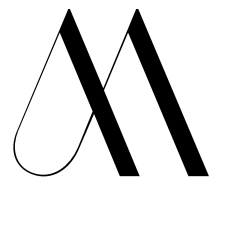The UX audit is projected to help the organization to meet marketing goals by improving accessibility and usability for visitors through identifying key usability issues and providing actionable recommendations, leading to a cost savings of $5,665
The Process
Methodology and Tools: BTS of the Solution
Understanding the Business Objective and Scope
Calls with the Marketing Coordinator were held to gain a deep understanding of the organization’s business objectives and scope. Identifying the target users and their user goals ensured that the evaluation aligned with both usability expectations and broader business goals.
Heuristic Evaluation
The website was analyzed using Jakob Nielsen’s 10 Usability Heuristics to identify usability issues. Any issues or non conformances were noted and severity ratings were assigned to each issue based on the impact to the user.
Metrics and Evaluation Criteria
Severity ratings were used to determine how serious a usability issue is.
Accessibility Audit
The website was tested against WCAG 2.1 A & AA guidelines to uncover accessibility gaps, using the WAVE tool for automated checks as well as manual testing.
Visual Design Review
As part of the UX audit, the visual design was reviewed to assess branding consistency and content hierarchy, ensuring a cohesive and user-friendly experience.
Findings and Recommendations
A thorough UX Audit Report was created showing the findings and the recommendations. It was presented to the marketing team of the client organization. A selection of some severe issues from the report are shown below.
Key Issues Identified:
▶︎ Lack of core functionality and poor discoverability: Hard for users to complete the website's main goals. Important functions were hidden or hard to find.
▶︎ Limited user control: No clear way to navigate or undo actions.
▶︎ Inconsistent design: Variability in links, buttons, and donation elements.
▶︎ Accessibility & contrast issues: Non-compliance with WCAG guidelines, affecting readability and usability.
Constraints and Tradeoffs
The UX Tug-of-War
▶︎ The project scope was restricted to an audit, meaning no direct implementation or user testing could be conducted.
▶︎ The timeframe (two weeks) and the nature of the project did not allow going deep into user journeys with the actual users.
Here's How Success Was Defined
There were no immediate success metrics and success was measured through qualitative stakeholder feedback rather than direct user impact.
Takeaways
▶︎ Applying usability principles helps identify and prioritize issues that can be addressed with minimal effort but high impact. The audit serves as a foundation for continuous improvement, reinforcing the need for iterative design, testing, and refinement.
▶︎ The project deepened the knowledge of standards like WCAG, and guidelines for color contrast, keyboard navigation, etc.
▶︎ Presenting findings in a clear, data-driven way helps stakeholders see the value of UX improvements




